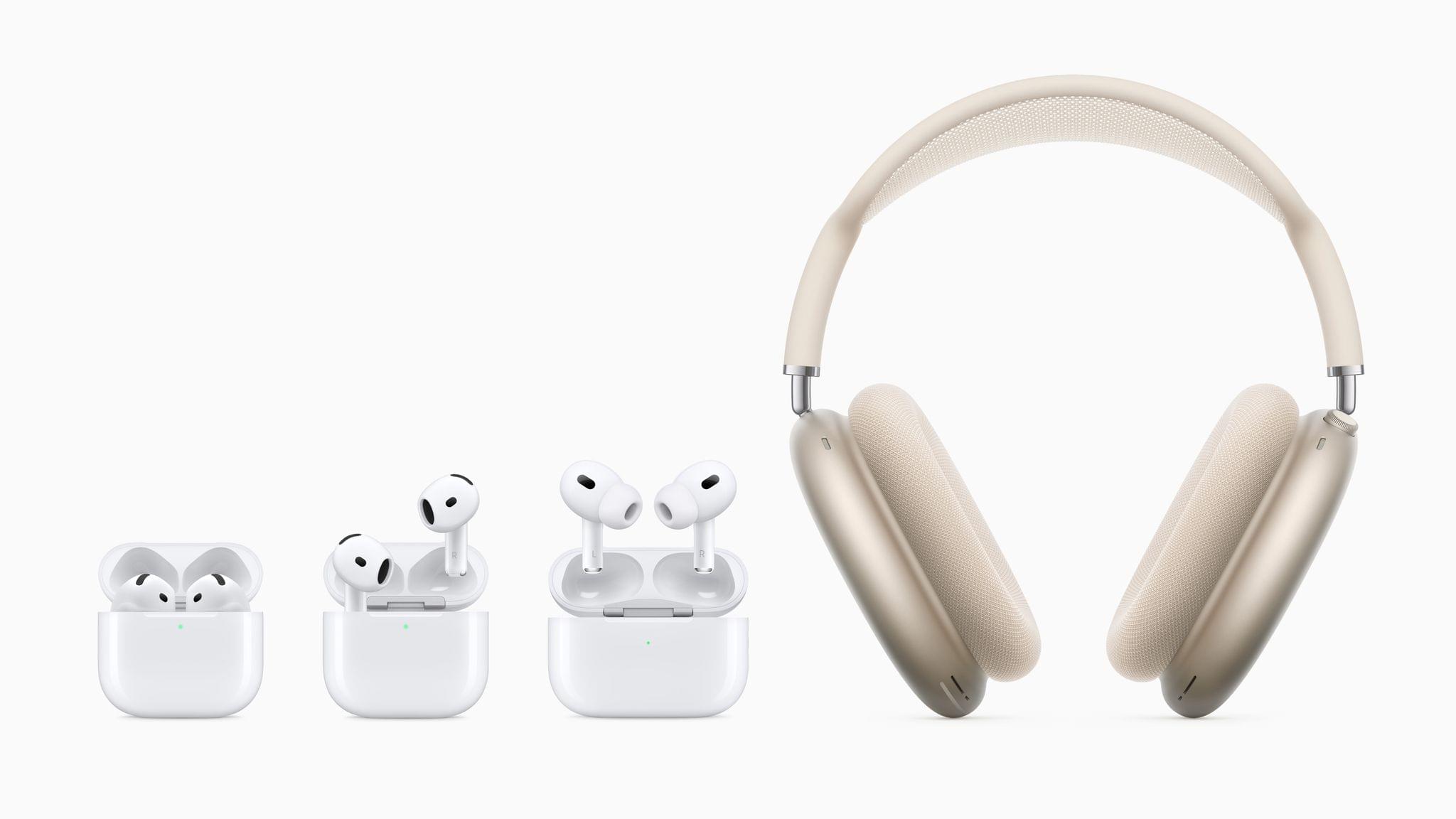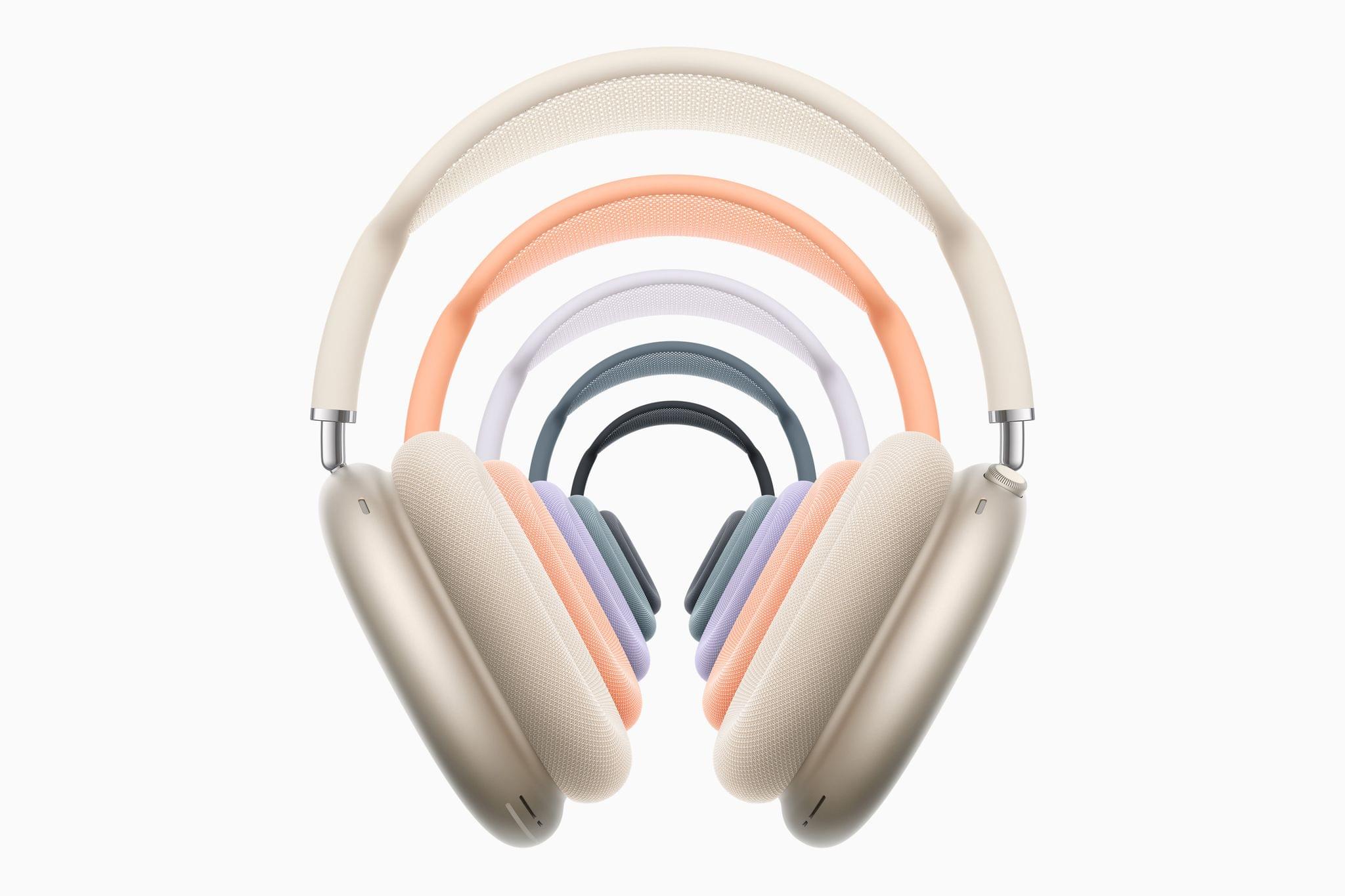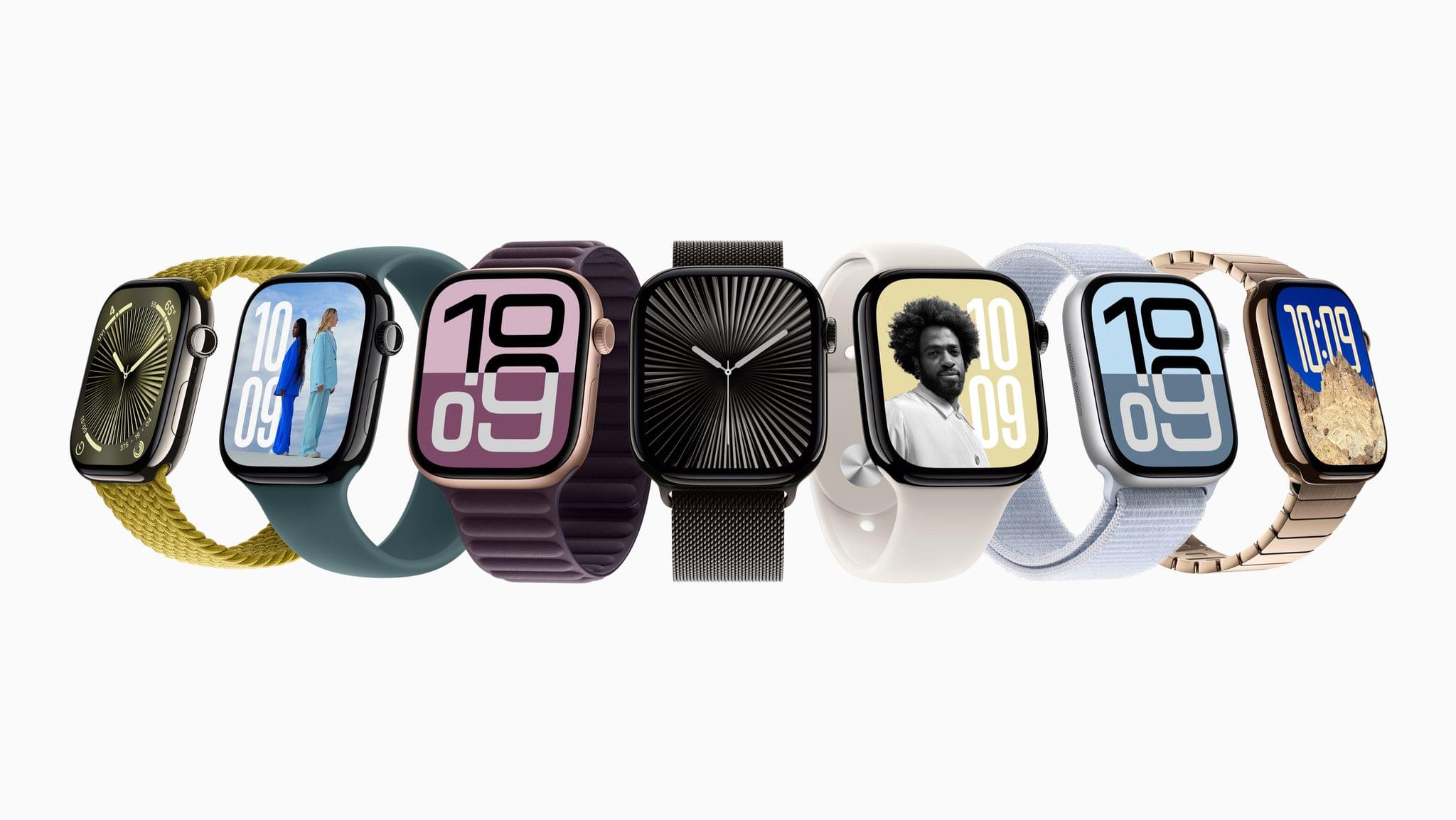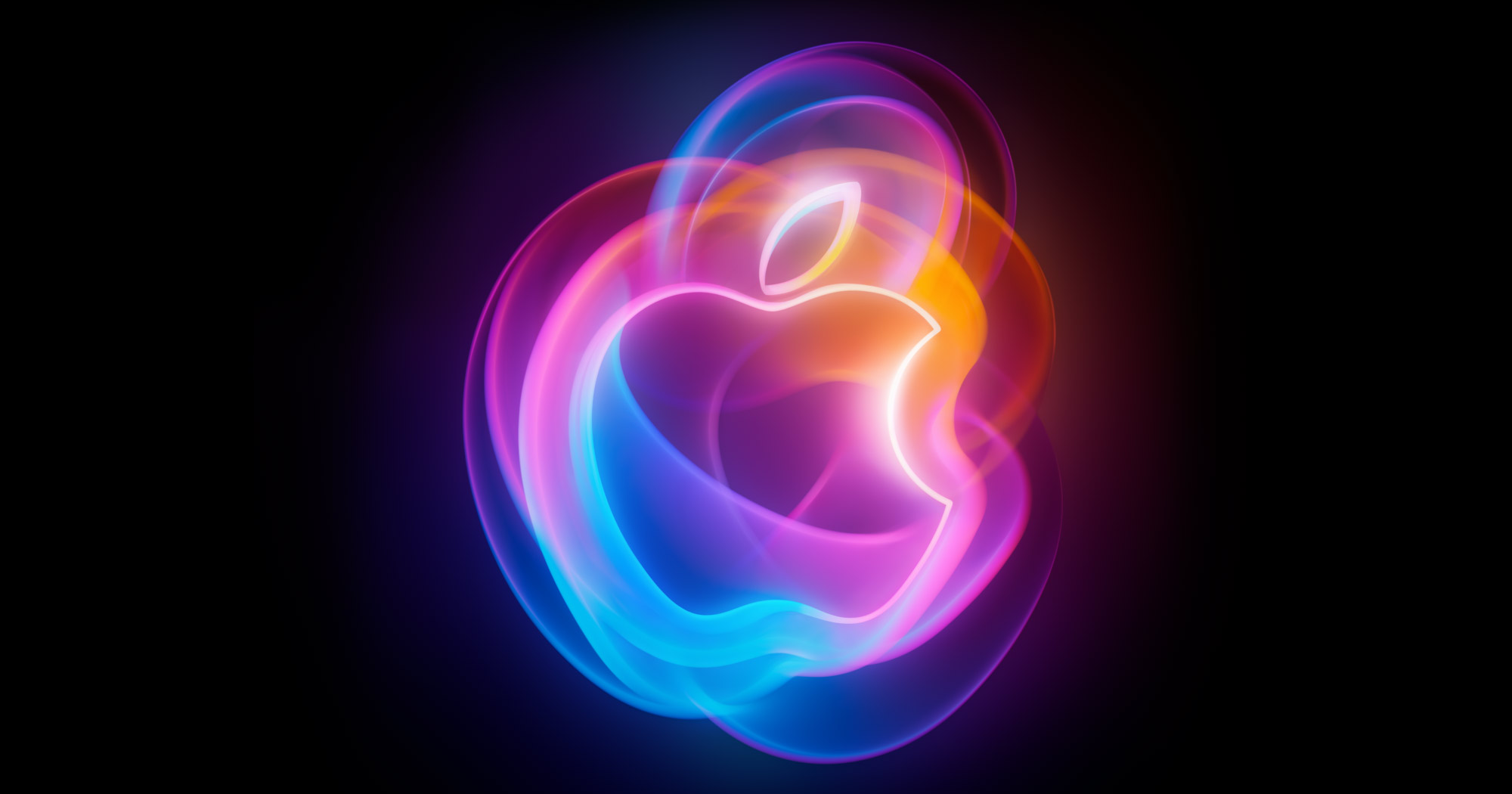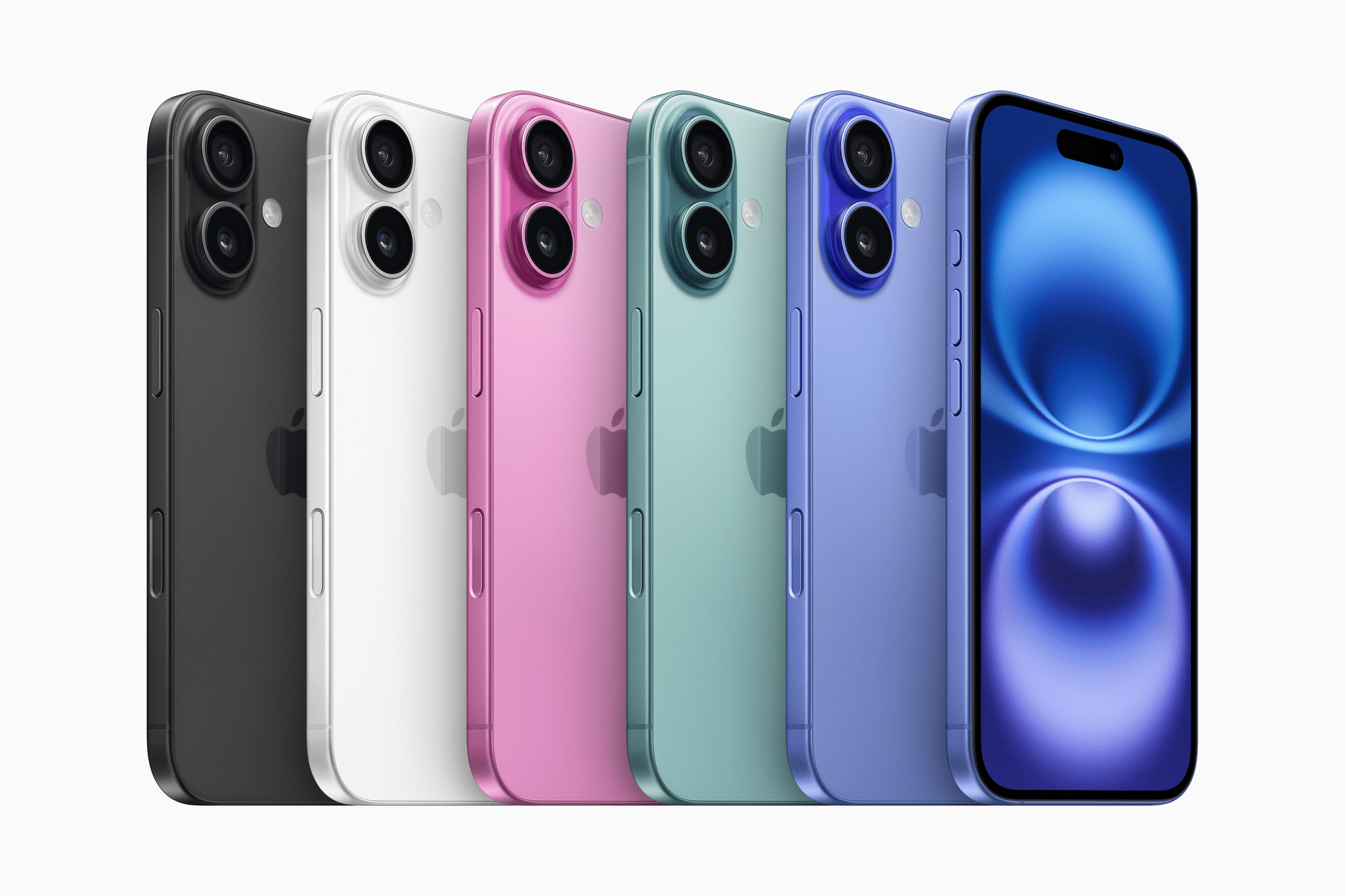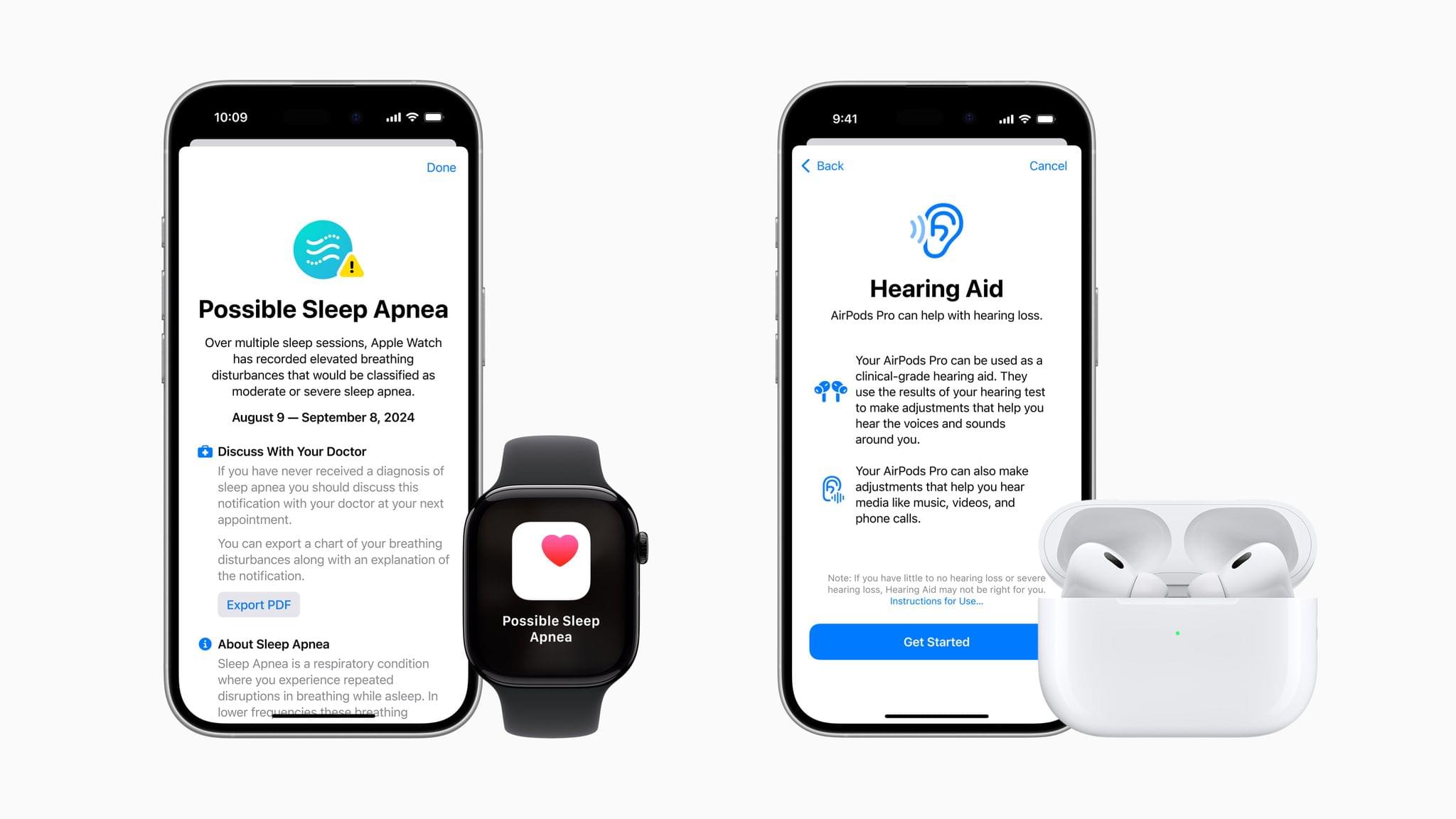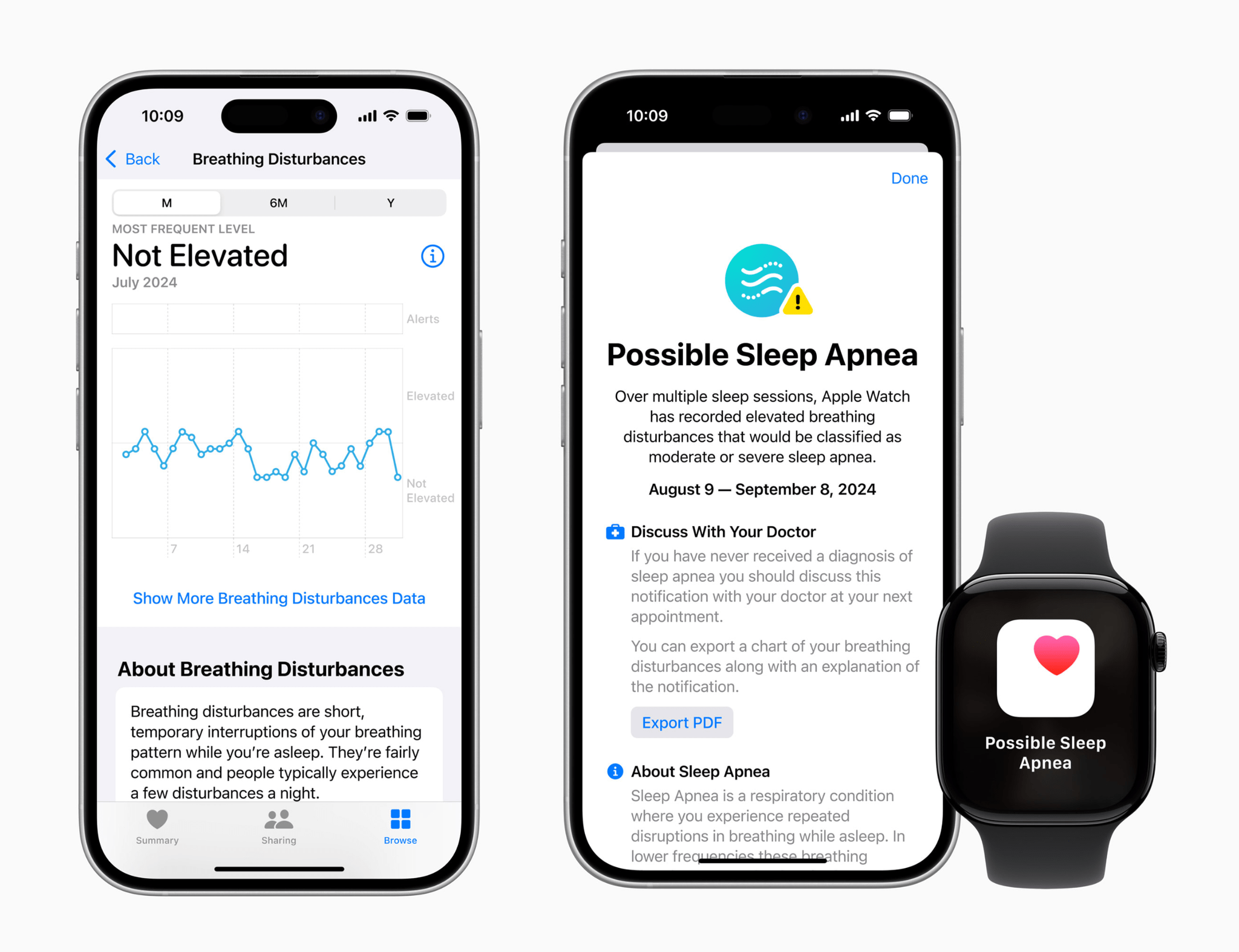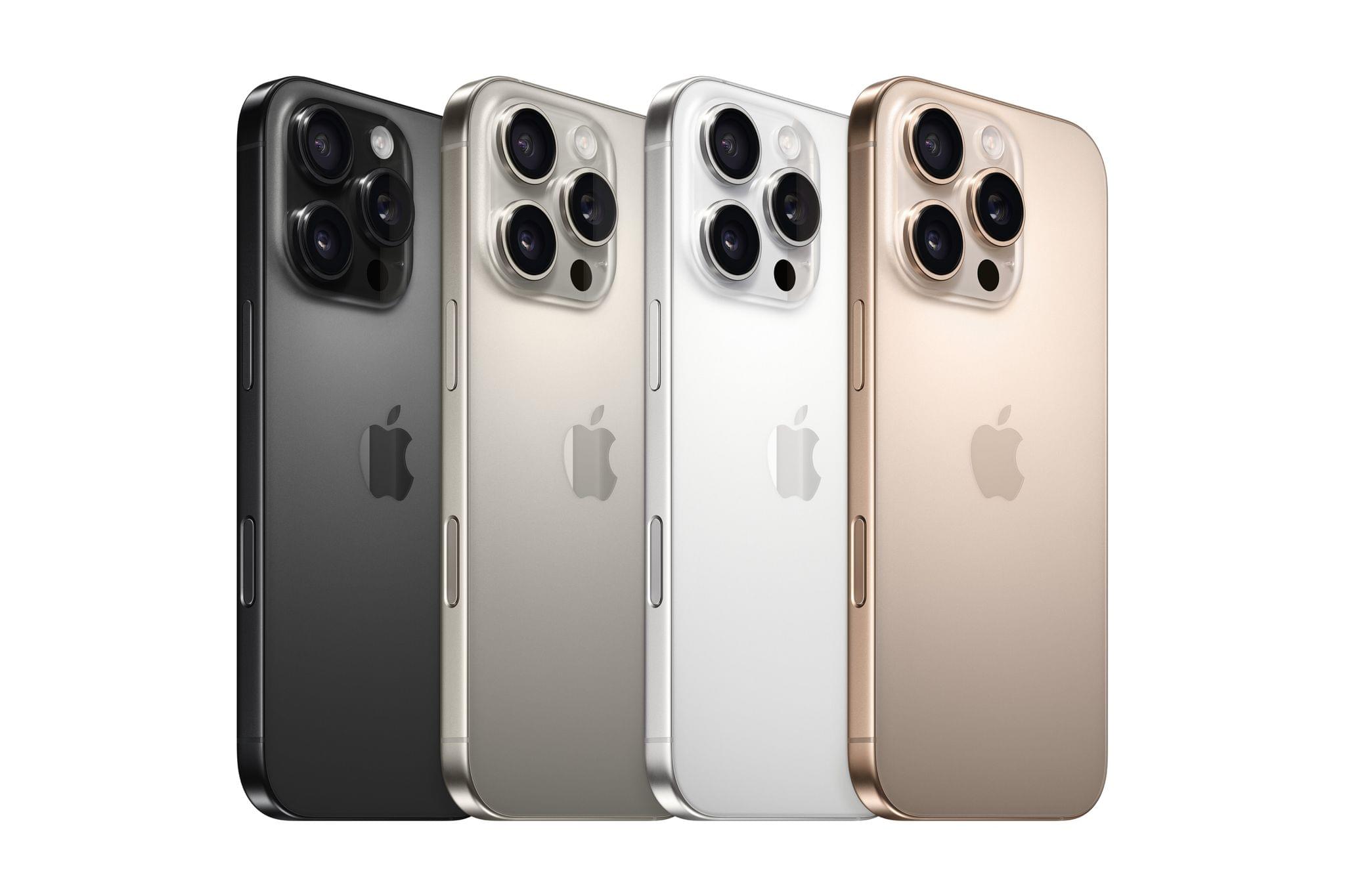At today’s Glowtime event, Apple unveiled new AirPods, AirPods Pro, and AirPods Pro Max with a range of new features.
One of the biggest updates was to the AirPods 4, which now come in two varieties. Both versions look more like the AirPods Pro than before, but without the in-ear silicone tips and are powered by the H2 chip, which Apple says provides better audio range, adaptive EQ, and clearer phone call quality. The AirPods 4 are IP54 rated for sweaty workouts too.
The AirPods 4 also feature a smaller case that can be charged using a USB-C cable or Qi-compatible wireless charger. With the new case, the AirPods 4 have 30 hours of listening, too. The updated headphones also add gestures, allowing users to shake their heads or nod to respond to Siri prompts. Apple says it has updated the force sensor in the device for toggling playback and muting or ending phone calls.
The biggest change, though, is that Apple is offering a second model of the AirPods 4 that includes Active Noise Cancellation. That’s not unheard of in an open-ear style set of headphones, but it’s rare. Apple claims that the AirPods 4’s upgraded microphones and H2 chip allow it to offer noise cancelation as well as Transparency mode, Adaptive Audio, and Conversational Awareness. I’m very keen to see how well these work.
The AirPods 4 can be ordered today for delivery on September 20th. The base model AirPods 4 are $129 and the model with active noise cancelation is $179.
New features were also announced for the AirPods Pro 2 to help prevent hearing loss, test for hearing loss, and assist people with mild to moderate hearing loss. For more on these features, be sure to check out Niléane’s story.
Finally, the AirPods Max received a minor update with new colors and USB-C connectivity. The latest iteration of the headphones comes in midnight, blue, purple, orange, and starlight and adds Personalized Spatial Audio too. The price remains $549, with ordering available today for delivery on September 20th.
You can follow all of our September 2024 Apple event coverage through our September 2024 Apple event hub or subscribe to the dedicated September 2024 Apple event RSS feed.


